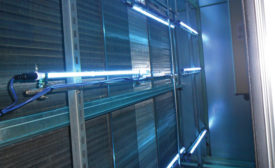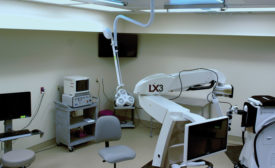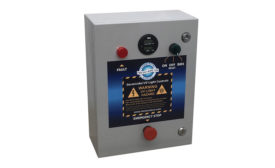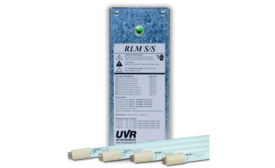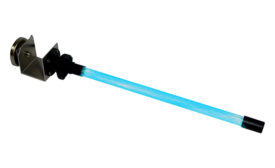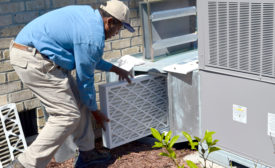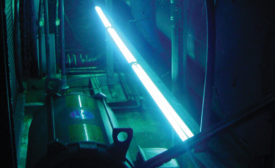Filtration and UV
Study reports UV-C inactivates microorganisms with a kill ratio of 90 percent or higher
Read More
Contractors Turn to IAQ for Smart, Safe Solutions
Various IAQ products are solving problems, both commercially and residentially
Read More
Consumer Awareness, ASHRAE Validate UV’s Effectiveness
Multiple uses and consumer-friendly alert systems make UV as attractive as ever
Read More
Daikin Acquires US Filter Manufacturer Flanders
Company aims for leading position in the air filter business in the U.S. and worldwide
February 10, 2016
Capitalizing on IAQ’s Soaring Popularity
HVAC industry poised to profit on consumers’ clean air fanfare
Read More
Introducing and Selling the Benefits of IAQ
Contractors are finding informative and unique ways to bring IAQ to customers
Read More
Survey Finds Broad Misperceptions About IAQ
Even among professionals, there is not a clear understanding about cost and impact of IAQ
December 28, 2015
Copyright ©2024. All Rights Reserved BNP Media.
Design, CMS, Hosting & Web Development :: ePublishing
